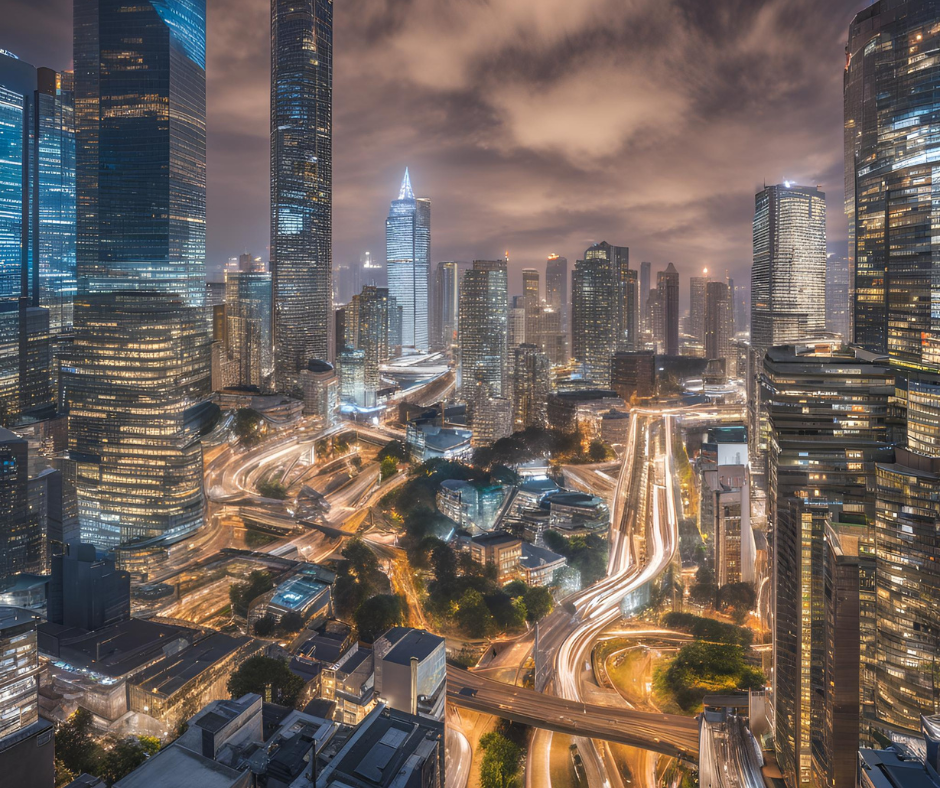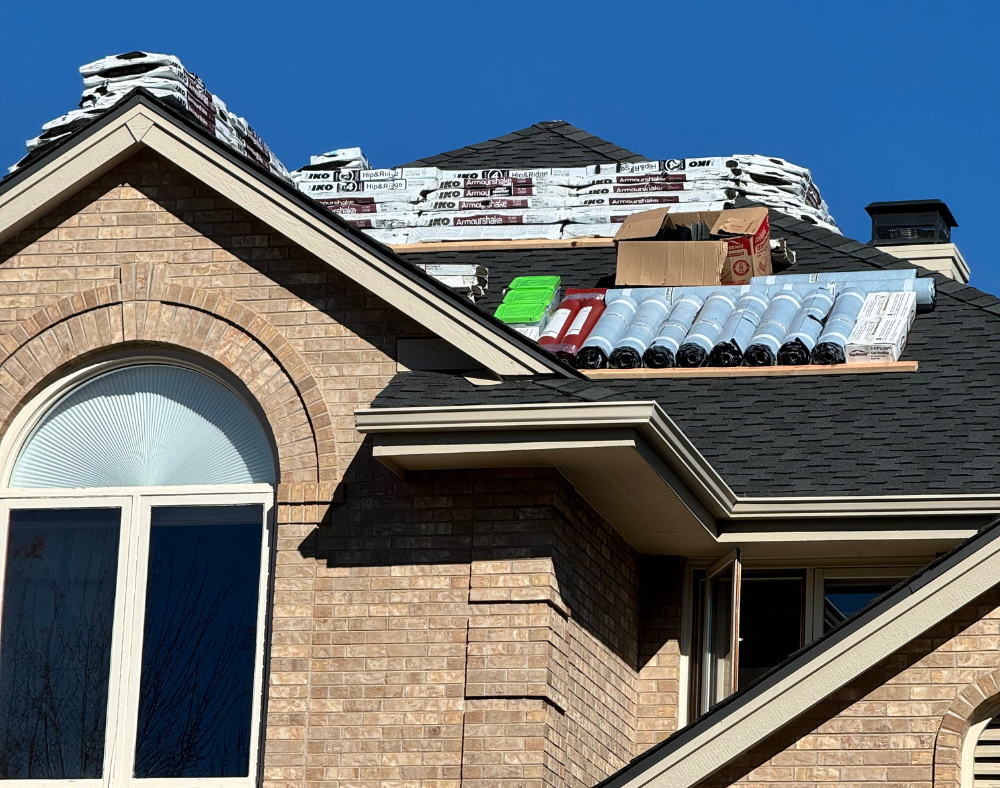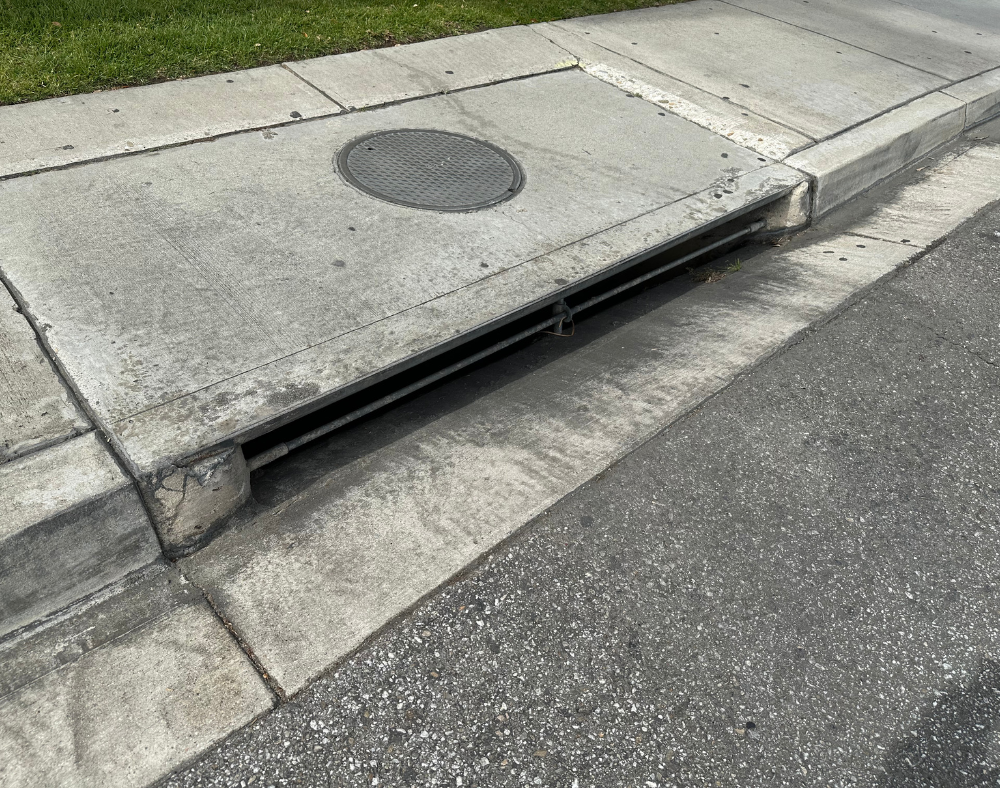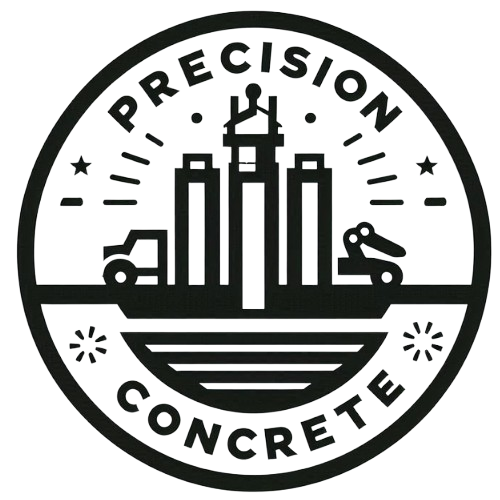In the world of construction and architecture, different types of buildings serve diverse purposes, from housing and workplaces to entertainment venues and sports facilities. Understanding the distinct needs and characteristics of these various building sectors—industrial & manufacturing, multi-family residential, commercial & institutional, and sports & entertainment—can provide valuable insights into how they are designed and constructed. This guide will explore each sector, highlighting key considerations and trends.

1. Industrial & Manufacturing Buildings
Industrial and manufacturing buildings are designed to house production processes, warehouses, and logistics operations. These structures are often characterized by large open spaces, high ceilings, and robust infrastructure to support heavy machinery and high-volume operations.
Key Features:
- Structural Integrity: Industrial buildings require strong foundations and durable materials to withstand the demands of heavy equipment and constant use.
- Functionality: Efficient layout design is crucial, often incorporating features such as loading docks, large open floors, and specialized spaces for manufacturing processes.
- Safety and Compliance: Adhering to safety regulations and environmental standards is essential in industrial buildings to ensure a safe working environment and minimize environmental impact.
2. Multi-Family Residential Buildings
Multi-family residential buildings are designed to house multiple families or individuals within a single structure. This category includes apartment buildings, condominiums, and townhouses. The focus here is on creating comfortable living spaces while maximizing land use and providing community amenities.
Key Features:
- Space Efficiency: Multi-family designs prioritize efficient use of space, often incorporating shared walls and communal areas to maximize living space.
- Amenities: Common amenities in multi-family residential buildings include recreational areas, fitness centers, and communal lounges.
- Accessibility: Ensuring that buildings are accessible to all residents, including those with disabilities, is a key consideration in residential design.
3. Commercial & Institutional Buildings
Commercial and institutional buildings serve businesses, government, and community functions. This category encompasses office buildings, retail spaces, schools, hospitals, and other facilities designed for public and business use.
Key Features:
- Flexibility: Commercial spaces often need to be adaptable to different uses, with flexible layouts that can accommodate changing business needs.
- Customer Experience: In retail and customer-facing spaces, the design focuses on creating a welcoming and functional environment for visitors.
- Efficiency: Energy efficiency and sustainability are increasingly important in commercial and institutional buildings, with many incorporating green building practices and technologies.
4. Sports & Entertainment Facilities
Sports and entertainment facilities are designed to host events and provide spaces for recreation and leisure. This sector includes stadiums, arenas, theaters, and convention centers. These buildings are often characterized by their large scale, specialized features, and focus on audience experience.
Key Features:
- Audience Experience: Designing for comfort and visibility is crucial, with features like tiered seating, large screens, and acoustic optimization to enhance the spectator experience.
- Technology Integration: Advanced technology is often integrated for lighting, sound systems, and event management, creating a seamless experience for both performers and attendees.
- Versatility: Many sports and entertainment venues are designed to accommodate a variety of events, requiring flexible layouts and adaptable spaces.

Trends and Innovations Across Sectors
1. Sustainable Design: Across all building sectors, there is a growing emphasis on sustainability and green building practices. Incorporating energy-efficient systems, sustainable materials, and innovative design strategies helps reduce environmental impact and operational costs.
2. Technology Integration: The use of advanced technologies, such as smart building systems, automation, and data analytics, is transforming how buildings are designed and managed. These technologies improve efficiency, enhance user experience, and provide valuable insights for building performance.
3. Adaptability and Flexibility: Buildings are increasingly being designed with flexibility in mind to accommodate changing needs and uses. This is particularly important in commercial and multi-family residential buildings, where adaptability can add significant value.
Conclusion:
Understanding the distinct characteristics and needs of different building sectors—industrial & manufacturing, multi-family residential, commercial & institutional, and sports & entertainment—provides valuable insights into how these structures are designed and utilized. Each sector has its own set of requirements and trends, from sustainability and technology integration to flexibility and audience experience.
By exploring these aspects, you can gain a deeper appreciation for the complexities of building design and the considerations that drive construction practices across various sectors.
For further exploration of building design and trends, refer to the following resources:
- Types of Industrial Buildings Defined (Warehouse, Flex, Distribution, etc.)
- What is the National Multifamily Housing Council (NMHC)?
- Building Design + Construction
- Sports Venue Business
- Architecture News, Designs and Projects
By staying informed about these diverse sectors, you can better understand the evolving landscape of building design and the innovative approaches shaping the future of construction.










